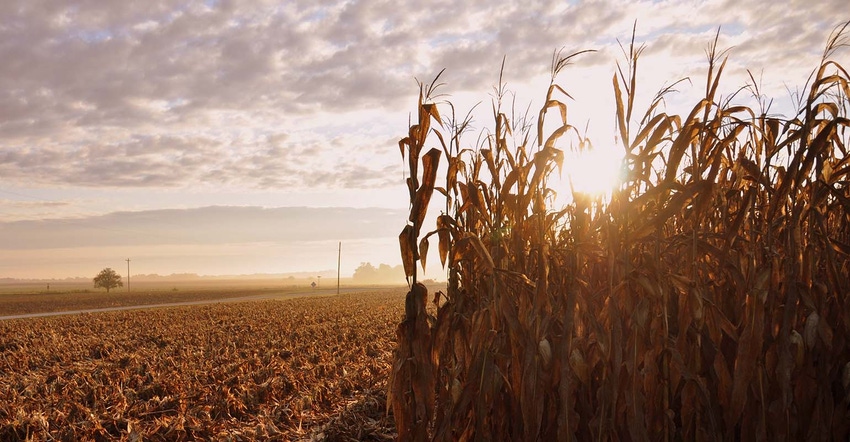
Picture this: Harvest is going well. Then the combine breaks down. Harvest comes to an abrupt halt while you spend the day communicating with a dealer and fixing the problem.
“I can’t think of anything more costly to a producer than a situation where they’re in the middle of harvest and something were to go wrong,” says Jim Franceschetti, harvesting product marketing manager at CNH Industrial Aftermarket Solutions. “If they’re not being proactive ahead of harvest, they’re exposing themselves to various scenarios.”
While equipment breakdowns are not necessarily inevitable and never predictable, scheduling preharvest maintenance may help save time and money.
Without preharvest maintenance, growers could face additional costs — more than paying for a service visit and parts, Franceschetti says. Equipment failure and service could also decrease the efficiency of getting grain into storage.
Something like the rasp bars on the combine rotor is a prime example of a simple fix that makes a big difference, Franceschetti says. If the part is worn down past the marking, then yields could be negatively impacted, he says, because worn rasp bars do a poorer job of separating the crop. Dealers likely will have rasp bars on hand, and it’s an easy fix ahead of harvest.
And while there are a lot of things farmers can inspect and spot, Franceschetti suggests scheduling a preharvest inspection at a local dealership to catch big and small problems.
Franceschetti recommends performing preharvest maintenance several weeks before harvest, but a self-inspection the day before you head to the field can still save you headaches later. A last-minute preharvest check is better than nothing, he adds.
After harvest
After the last field is harvested, consider a postseason inspection.
That’s when any red flags during harvest are fresh in the farmer’s mind, Franceschetti says, which saves time when trying to remember any parts the dealer should check closely. Some dealers even offer 12-month warranties for dealer-installed parts, providing peace of mind through the next harvest season.
Plus, dealerships can only handle a certain amount of equipment at one time. Getting postharvest maintenance done sooner could mean shorter wait times for an inspection appointment. And early inspection gives ample time for repairs ahead of storage and the next harvest.
“The earlier you get it in, the more time you’re giving yourself to make sure that come next harvest, you’ve had those conversations, done the inspection and replaced the parts,” Franceschetti says. “It’s kind of that domino effect that makes it that much easier.”
About the Author(s)
You May Also Like






